#women in STEM
Text

friday 26/04/24
started researching on the basics in planning when moving countries as a uni student!! its very hefty but i think a good organization system makes it easier
♫ redbone - childish gambino ♫
#studyblr#studyspo#study aesthetic#stem#studying#women in stem#aesthetic studying#study motivation#aesthetic#studystudystudy#light academia aesthetic#dark academia aesthetic#soft academia#academia#chaotic academia#poc dark academia#academia aesthetic#stem academia#light academia#study abroad#study abroad planning#study inspiration#study vibes#study study study#study hard#study notes
119 notes
·
View notes
Text
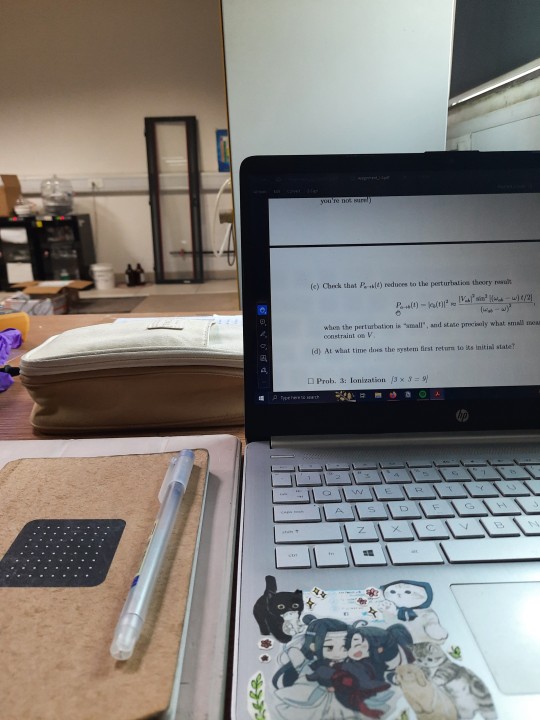



26/04/24 || Friday
I've not done 4 pictures in one post in a while haha. The 3rd picture is right after a storm so horrendous it tore off our hostel's false ceiling. Nature can be so horrifyingly beautiful.
The exam week is upon us, and I am trying to stay afloat. After this it's only one year before I graduate, and man I really want it to be over...
#studyblr#studyspo#studying#studyinspo#misa's undergrad journey#aesthetic#academia#physics#uni#study aesthetic#misa tries#stemblr#stem#women in stem#100
123 notes
·
View notes
Text

Mathematician, physician and philosopher (1776-1831), Sophie Germain was a genius who fought hard to be heard a recognized.
A self-taught prodigy
The daughter of a silk merchant, Sophie was born in Paris to a relatively wealthy family. When the French Revolution broke out in 1789, her father became a member of the Constituent Assembly. Amidst the chaos, Sophie found solace in her father's library and discovered mathematics.
Fascinated by the subject, she learned everything she could, studying at night. Her parents disapproved. Mathematics was thought to be too complex for women who had to focus first and foremost on their home.
Sophie's parents tried to stop her by putting out the fire in her room at night and confiscating her clothes and candles after nightfall. Sophie's thirst for knowledge was stronger. According to her obituary, she studied “at night in a room so cold that the ink often froze in its well, working enveloped with covers by the light of a lamp”. She even taught herself Latin to read the essential works.
Sophie impresses
The École Polytechnique was founded in 1974 with to train a new elite of engineers, mathematicians and scientists. Being a woman, Sophie couldn’t attend. She learned that a student named Leblanc wasn’t able to go to class. She wrote to the school, pretending to be him, and managed to obtain lecture notes. She was also able to complete and submit assignments.
This promising student impressed mathematician Joseph-Louis Lagrange who found her answers brilliant. The self-taught Sophie had gained the admiration of one of the most renowned mathematicians of her time.
Lagrange's desire to meet her forced Sophie to reveal her real identity. Lagrange was at first surprised to learn that his correspondent was a woman. He nonetheless became Sophie’s mentor, introducing her to a new world and opportunities.
Sophie made major contributions to number theory. She worked on Fermat's last theorem, making major observations and creating her own theorem. This would be one of her major contributions to mathematics.
In 1804, she began a correspondence with another mathematician, Carl Friedrich Gauss, whose work she admired. He was similarly impressed by her intelligence:
“But how to describe to you my admiration and astonishment at seeing my esteemed correspondent Monsieur Leblanc metamorphose himself into this illustrious personage who gives such a brilliant example of what I would find it difficult to believe. A taste for the abstract sciences in general and above all the mysteries of numbers is excessively rare: one is not astonished at it: the enchanting charms of this sublime science reveal only to those who have the courage to go deeply into it. But when a person of the sex which, according to our customs and prejudices, must encounter infinitely more difficulties than men to familiarize herself with these thorny researches, succeeds nevertheless in surmounting these obstacles and penetrating the most obscure parts of them, then without doubt she must have the noblest courage, quite extraordinary talents and superior genius.”
An incomplete recognition
Sophie was also interested in physics. In 1811, she entered a contest held by the French Academy of Sciences, but her lack of formal education turned against her. She didn't give up and won the contest in 1816 with her Memoir on the vibrations of Elastic Plates. She kept working on the theory of elasticity and published several more memoirs. Her work would prove pivotal in the field.
This prize also meant official recognition for Sophie. In 1823, she became the first woman to be allowed at the Academy of Sciences' sessions. Though respected as an equal collaborator by some, she still felt like a “foreigner” in the scientific community.
Sophie Germain died at the age of 55, on June 27, 1831, after a battle with breast cancer. Carl Friedrich Gauss had convinced the university of the University of Gottingen to give her an honorary degree but Sophie was dead before she could receive it.
Her death certificate designated her as a "rentière-annuitant" (a single woman with no profession) instead of a mathematician.
Today, a street in Paris, schools in France and a crater on Venus are named in her honor. She appeared on a French postal stamp released in 2016.
Feel free to check out my Ko-Fi if you like what I do! Your support would be greatly appreciated.

Further reading
Alkalay-Houlihan Coleen, “Sophie Germain and special cases of Fermat’s last theorem”
Boyé Anne,, “Sophie Germain, une mathématicienne face aux préjugés de son temps”
“Biographies of women mathematicians : Sophie Germain”
Lamboley Gilbert, “Math’s hidden woman”
Koppe Martin, “Sophie Germain, une pionnière enfin reconnue”
#sophie germain#history#historyedit#women in history#19th century#france#french history#upthebaguette#herstory#mathematics#mathematicians#historical#historical figures#women in stem#european history#historyblr
43 notes
·
View notes
Text


Me and my dying ipad are getting that degree together🫠(I have high hopes that'll be able to buy a laptop before I start working on my research:")).
I think I'll take a pause on reading articles and start actually studying for my FINAL finals. I'm also starting my internship in 2 weeks and I don't know if I'm scared or excited. I guess it's both★
#college#studyblr#university#aesthetic#study motivation#biology#research#books#coffee#women in stem#internship#dark academia
33 notes
·
View notes
Text
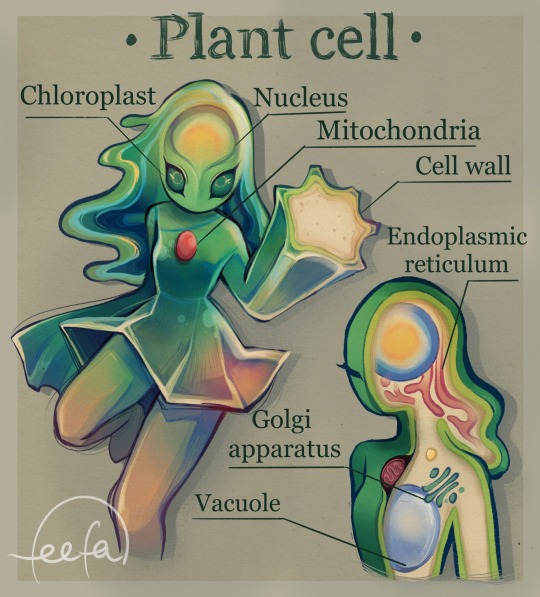
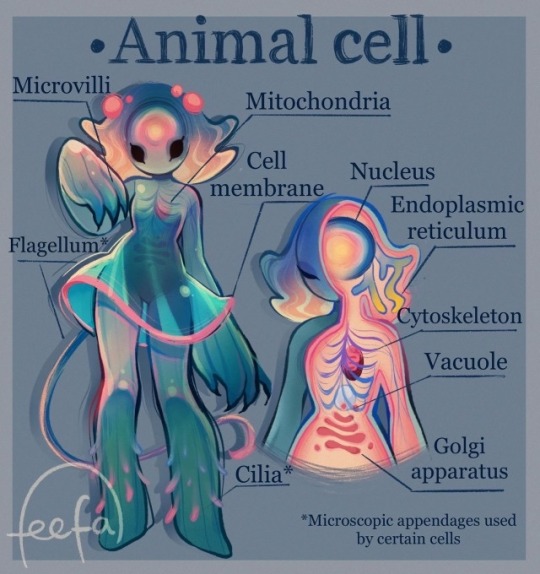

Eukaryotic cell gang!! We love women in STEM.
The organelles of the cells have been translated into human anatomy, so the nucleus is the brain, the vacuole function as the lungs, and the mitochondria is the heart since it’s the… you already know, I don’t have to say it ;)
116K notes
·
View notes
Text
"Culinary students will literally have a spaghetti due at 8" "Art students will literally turn in some shapes at the end of the week" Well I have 40 insects due next month. If you even care.
#would it be funny if I tagged this as women in stem#I love when the entomology course I take for fun turns around and shoots me directly in the face with a pistol#entomology#women in stem
50K notes
·
View notes
Text
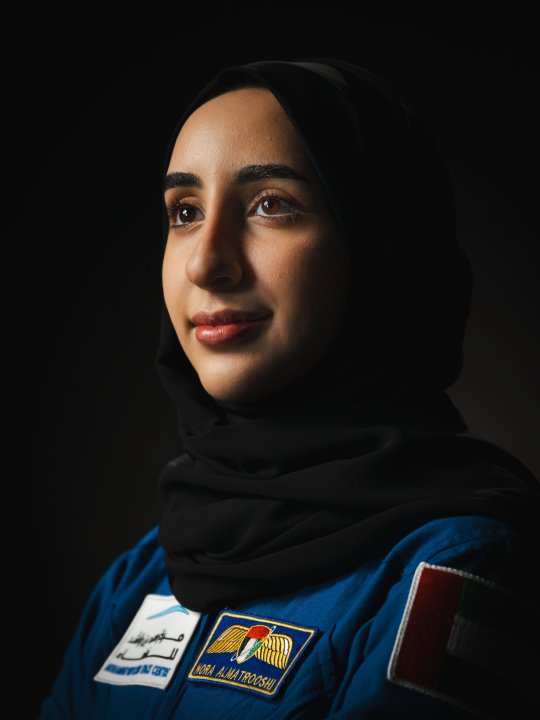
Nora AlMatrooshi
Nora AlMatrooshi, the first Emirati woman astronaut, worked as a piping engineer before becoming an astronaut candidate for the United Arab Emirates. https://mbrsc.ae/team/nora/
Make sure to follow us on Tumblr for your regular dose of space!
#NASA#astronaut#NASA Yearbook#graduation#Class of 2024#space#Inspiration#UAE#United Arab Emirates#engineer#engineering#women in STEM#women in engineering#STEM
16K notes
·
View notes
Text

I'm doing it gang, I've spent stupider gardening money before like when I dropped $300 on shade loving perennial bulbs only to learn they were also plants that rotted with wet feet and all immediately died in my swampy gumbo soil
I'm buying two firefly petunias. I've never grown petunias much because where I live they're a winter annual but fuck it I'll grow them as an indoor plant I certainly have the sun to do it.
They're supposed to ship to me in April, I'll report back on if they immidiately die or this is the coolest thing I own. My biochemical engineering design project was using a similar chemical pathway to modify bacteria to glow in the presence of specific toxins so I absolutely need glowing petunias in my window box
12K notes
·
View notes
Text
A snapshot of one morning, on a relaxed day with mild weather. Now imagine this when it's crowded or when it's raining or snowing.
Video description: POV from the lap of a wheelchair user. Very shaky. OP is going downhill on a fall day. Lots of trees and fallen leaves around. There are construction trucks to the left in the very beginning. Every now and then, you can see a German Shepherd on the left. Second obstacle shows a food robot crossing the sidewalk to drive in front of OP, but it stops suddenly and OP crashes into it. OP continues down the hill until she reaches another food robot, which is obstacle 3. This robot sits in the middle of the sidewalk while OP navigates around it. Then OP comes to a concrete ramp with iron railings, which is obstacle 3.5. It is very steep. After the ramp, OP goes to cross the street, where a black SUV blows through the crosswalk. Obstacle 4 is a ramp with red brick. OP struggles to move up and pauses at one point before continuing again to obstacle 5, where there is a big concrete building and manual doors. The German Shepherd service dog goes up to push the accessibility button multiple times to no avail. A student comes and opens the door, OP enters through two sets of doors into a hallway. Clip change to obstacle 6, OP is wheeling down a hallway and approaches a white elevator with out of order signs.
End of description.
#actually disabled#disabled#ambulatory wheelchair user#service dog#college#wheelchair#manual wheelchair#disability#inaccessibility#wheelie#city bus#college campus#campus bus#student#stem#women in stem#disabled scientist#disabled people in stem#service dog in training#dogs#german shepherd#assistance dog#shaky camera#flashing
8K notes
·
View notes
Text

Engineer Karen Leadlay in a General Dynamics computer lab, 1964.
2K notes
·
View notes
Text
41K notes
·
View notes
Text
why neuroscience is cool
space & the brain are like the two final frontiers
we know just enough to know we know nothing
there are radically new theories all. the. time. and even just in my research assistant work i've been able to meet with, talk to, and work with the people making them
it's such a philosophical science
potential to do a lot of good in fighting neurological diseases
things like BCI (brain computer interface) and OI (organoid intelligence) are soooooo new and anyone's game - motivation to study hard and be successful so i can take back my field from elon musk
machine learning is going to rapidly increase neuroscience progress i promise you. we get so caught up in AI stealing jobs but yes please steal my job of manually analyzing fMRI scans please i would much prefer to work on the science PLUS computational simulations will soon >>> animal testing to make all drug testing safer and more ethical !! we love ethical AI <3
collab with...everyone under the sun - psychologists, philosophers, ethicists, physicists, molecular biologists, chemists, drug development, machine learning, traditional computing, business, history, education, literally try to name a field we don't work with
it's the brain eeeeee
#my motivation to study so i can be a cool neuroscientist#science#women in stem#academia#stem#stemblr#studyblr#neuroscience#stem romanticism#brain#psychology#machine learning#AI#brain computer interface#organoid intelligence#motivation#positivity#science positivity#cogsci#cognitive science
977 notes
·
View notes
Text
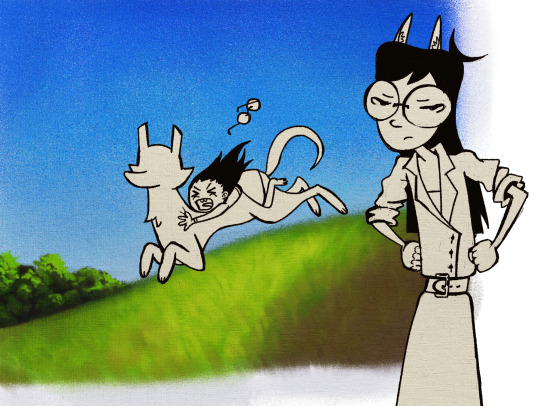
dog is god is... dog
886 notes
·
View notes
Text
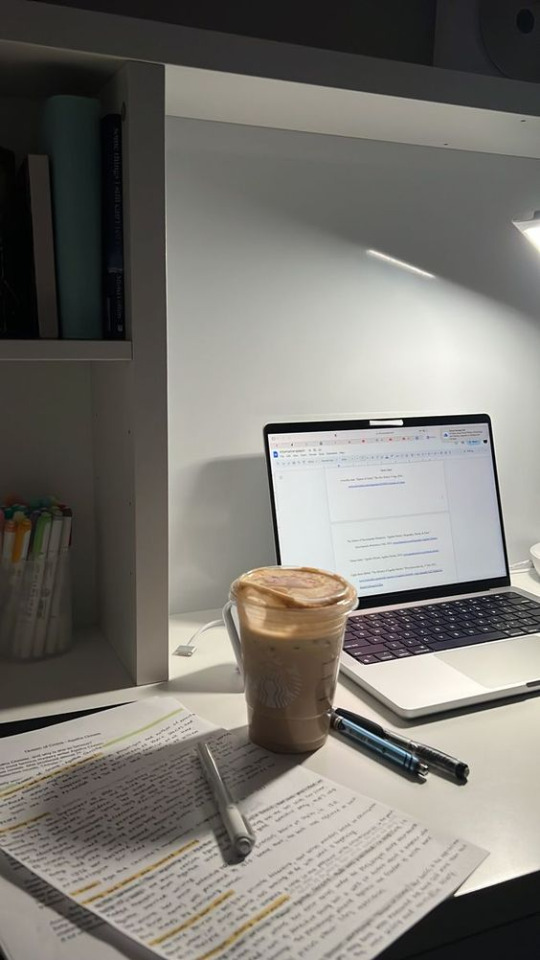
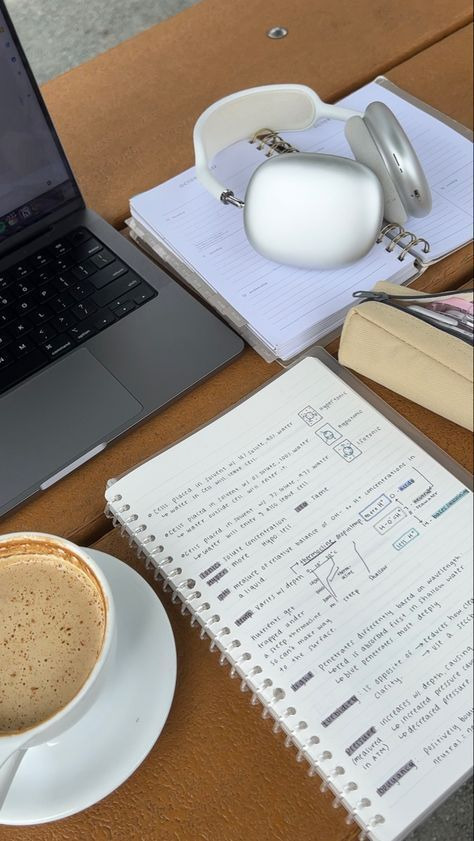
Monday january 22
school is back and we are dying so :), everything feels so horrible and overwhelming but we rollin rollin rollin
🎧 - Spinnin - madison beer
📚 - no time
THINGS I NEED TO DO FOR TOMORROW
essay
assign delegations
study for math
study for chemistry
#study motivation#ib#studyspo#student#study tips#study#high school#chaotic academia#studyblr#academia#study aesthetic#studying#studyspiration#study movitation#study blog#stem#stemblr#women in stem#stem academia#stem student#maths#science education#academics#ibdp#ibd problems#international baccalaureate#ib diploma#ibdp student#paula studies
1K notes
·
View notes
Text

Working in a datacenter in the 70s
#retro#70s#1970s#fashion#datacenter#retrocomputer#70s fashion#vogue#mainframe#magnetic tape#computer operator#retro computers#big iron#women in stem#women in tech
669 notes
·
View notes
Text
Katherine Johnson: The Mathematician Who Launched Astronauts into Space and Women into STEM 🚀👩🚀

In the vast expanse of the cosmos, where men first dreamed of reaching the stars, Katherine Johnson calculated the path that would get them there. This story isn't just about trajectories and orbits; it's about a woman whose brilliance in mathematics helped break the barriers of space and gender.

Johnson's journey began in White Sulphur Springs, West Virginia, where her curiosity and intelligence shone from an early age. Despite encountering segregation and sexism, she charted a course that would lead her to NASA, where her skills became indispensable to the success of the U.S. space program. Her calculations were critical to the success of the Mercury missions, including John Glenn's pioneering orbital flight, for which he specifically requested Johnson verify the computer's numbers. "If she says they're good," Glenn said, "then I'm ready to go."

But Johnson's contributions went beyond Mercury. She also played a role in the Apollo missions, including the first lunar landing, and her work on orbital mechanics laid the groundwork for the Space Shuttle program and plans for a Mars mission.

Her legacy is a beacon for women and people of color in STEM, symbolizing the power of intelligence and perseverance to overcome societal constraints. Johnson's story teaches us that the path to the stars is paved with determination, hard work, and an unwavering belief in one's own abilities.

Katherine Johnson's calculations helped lead humanity to the moon, but her impact extends far beyond the numbers. She charted a course for future generations of women in STEM, proving that the sky is not the limit—it's just the beginning. As we look up at the stars, we remember her legacy, not just as a mathematician, but as a trailblazer who launched us into a new era of exploration and equality.
#PiDay#KatherineJohnson#Katherine Johnson#NASA#Mathematics#National Archives#Women's History Month#HERstory#Archives#Apollo13#Mercury#STEM#Women in STEM#Science
503 notes
·
View notes